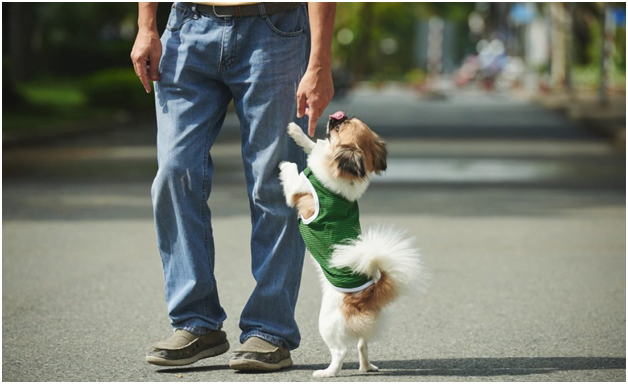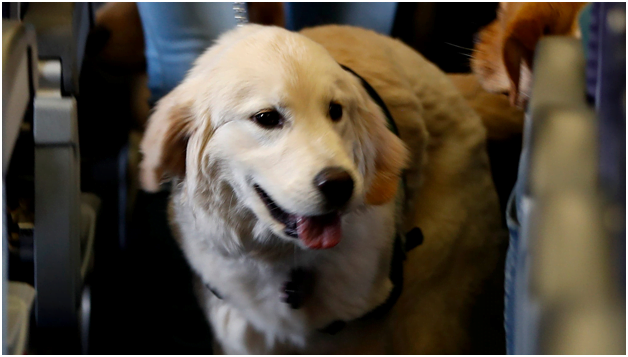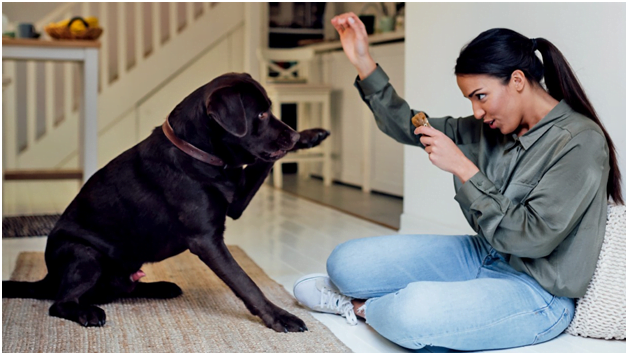

Intro: Service dogs play an essential role in the lives of their owners, providing necessary assistance and companionship. Service dogs are invaluable to people with disabilities and are legally protected under the Americans with Disabilities Act. But many people don’t know that emotional support animals (ESAs) offer similar benefits to those with mental health conditions. For people with emotional support animals (ESAs), these furry friends can provide much-needed comfort and relief from symptoms of anxiety or depression. However, training an ESA dog is not always easy, especially for first-time owners. Here are ten tips to help you get started.
1. Socialize Your ESA Dog With Other People and Animals:
Your ESA dog must be comfortable around other people and animals, which is essential for two reasons. First, it will help your ESA dog get used to being around other people and animals, making them more comfortable in social situations. Second, it will help you gauge how your ESA dog reacts to different types of people and animals, which will be helpful information to have when training them. Take them for walks in the park, dog park, or pet-friendly stores and restaurants. If you have another pet at home, introduce your ESA dog to them slowly and supervised.
2. Have Realistic Expectations:
It’s important to remember that your ESA dog is not a service dog; they have an ESA letter package, and they will not be able to perform the same tasks as a service dog. They are not required by law to have any specific training, but you can still train them to do simple things like sit, stay, come, down, and leave it. It’s essential to have realistic expectations for your ESA dog and not expect them to do more than they are capable of. Training an ESA dog takes time, patience, and consistency. Don’t get discouraged if your ESA dog doesn’t learn everything overnight.
3. Train Your ESA Dog to Behave Calmly in Public Places:

This is one of the most important things you can do to ensure that your ESA dog is a well-behaved member of society. It’s important to socialize with your ESA dog to be comfortable around other people and animals. It’s important to socialize with your ESA dog from a young age and to expose them to as many different people, places, and situations as possible. It will make it easier for you to take them out in public without worrying about them getting too excited or stressed. When you’re out and about with your ESA dog, keep them on a leash, and ensure they behave calmly before you allow them to interact with other people or animals. It will help them to become more comfortable in new environments and less likely to act out fear or anxiety.
4. Don’t Forget About Basic Obedience Training:
Just because your ESA doesn’t have to perform specific tasks like a service dog, it’s still important to train them in basic obedience. It will help them listen to you and follow your commands, even when feeling anxious or stressed. Basic obedience training can also help teach your ESA dog how to behave around other people and animals. Teaching your ESA dog basic commands such as sit, stay, come, and down can help reduce their anxiety and stress in new situations and make them more pleasant to be around for you and others. In addition, it will help your ESA dog understand what you expect of them and make it easier for you to give commands when you’re out in public.
5. Create a Routine:
Animals are creatures of habit, so establishing a routine for your ESA dog can help to reduce their anxiety and stress levels. Routines can be helpful for both you and your ESA dog. Having set mealtimes, playtimes, and walks will help your ESA dog feel more secure and relaxed, knowing what to expect each day. It will also make it easier for you to keep track of their needs and know when they need extra attention. You will know your ESA’s dog’s daily routine better than anyone, so trust your instincts and be flexible when necessary.
6. Positive Reinforcement:

Positive reinforcement is a critical component of training any dog, but it is essential for ESA dogs. Dogs learn best when rewarded for good behavior, so always praise your ESA dog frequently when they display the behaviors you want to see. You can use treats, petting, or verbal praise as rewards. Avoid using negative reinforcement, such as scolding or punishment, as this can worsen the behavior. Training your ESA dog with positive reinforcement will help them associate good behaviors with rewards, making them more likely to repeat those behaviors. Try using treats, verbal praise, or petting as rewards for good behavior. Avoid punishment, as this can backfire and make your ESA dog anxious or resentful.
7. Be Consistent:
Consistency is critical when training any dog, but it’s essential for ESAs. It means using the same commands, rewards, and consequences every time. If you’re inconsistent, your ESA dog will get confused and not know what you expect from them. If you use different commands for the same behavior, or if you allow them to do things sometimes but not others, they will get confused, and it will take longer to learn what you expect of them. Repetition is the key to success when training your ESA dog.
8. Potty Train Properly:

One of the most important things you’ll need to teach your ESA dog is where to do their business. It means taking them out regularly, using a consistent command (like “go potty”), and rewarding them when they go in the right spot. It’s also important to be patient and not punish them if they have an accident – this will only make them afraid of you and make the potty-training process take longer. People with mental health conditions may have difficulty dealing with accidental poop. It will take time and patience, but eventually, your ESA dog will learn where they are supposed to go to the bathroom.
Conclusion
The benefits of emotional support animals are transparent and provide much-needed relief for people with mental health conditions. Training your ESA dog can be a lot of work, but it’s worth it in the end. If you’re considering getting an ESA, research and find an animal that fits your personality and lifestyle well. These ten tips should help you get started on the right foot. Remember to always be patient and positive with your dog; before you know it, both of you will happily enjoy each other’s company.











